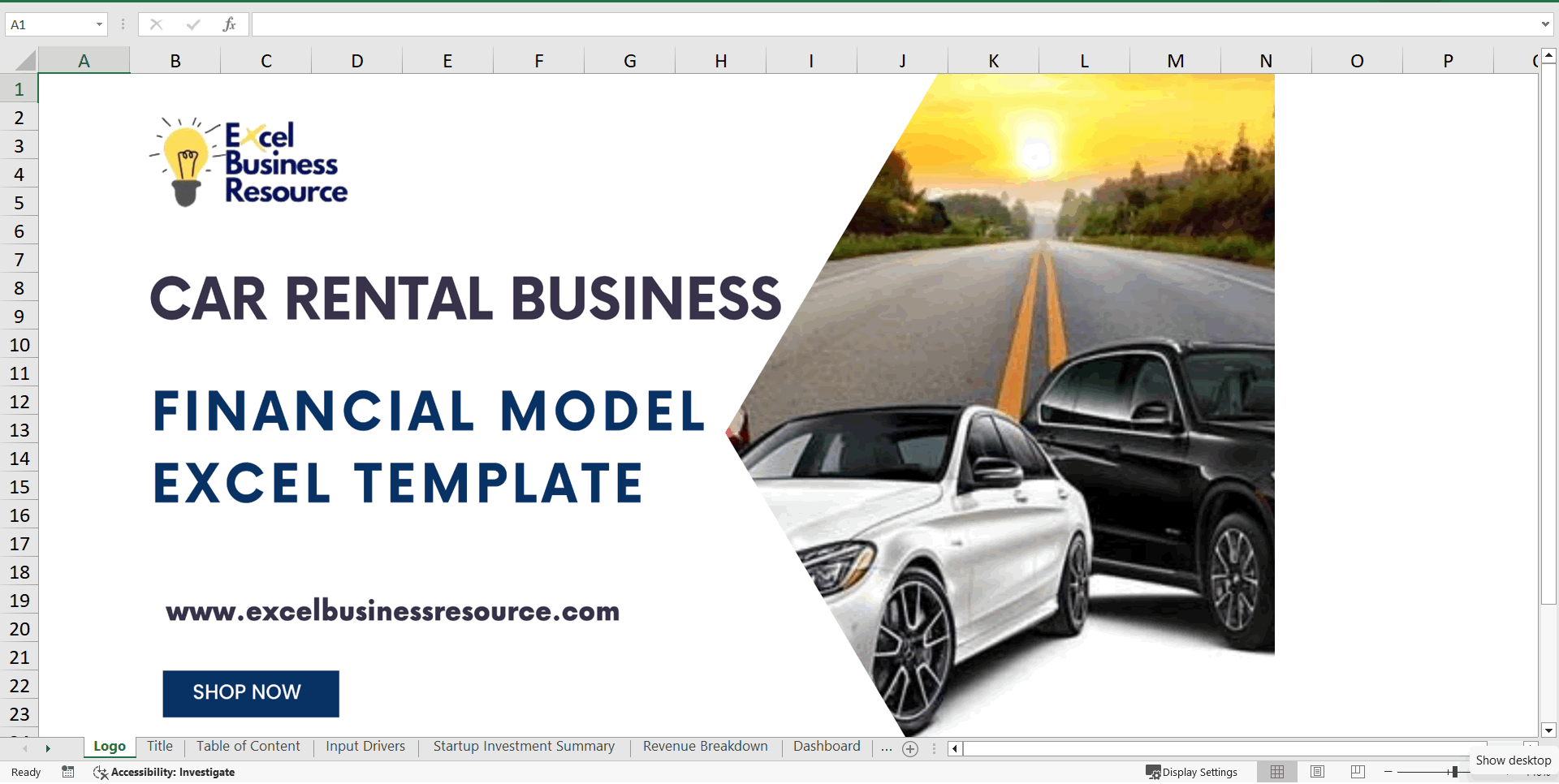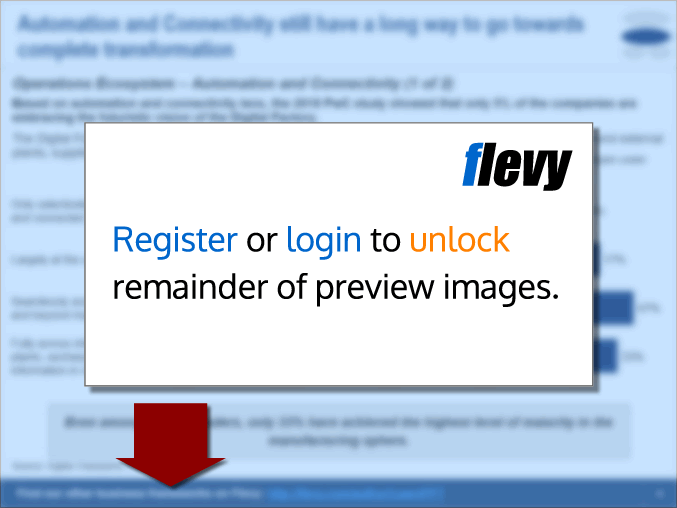Car Rental Financial Forecasting Model (Excel XLSX)
Excel (XLSX) + supplemental PDF
BENEFITS OF THIS EXCEL DOCUMENT
- Profitability Analysis & Forecasting: Accurately predict future financial performance and optimize pricing for maximum profitability.
- Investment & Capital Budgeting Decisions: Make informed investment choices, determine optimal fleet size, and evaluate financing options.
- Risk Management & Sensitivity Analysis: Identify and mitigate risks, and develop robust strategies to adapt to changing market conditions.
TRANSPORTATION EXCEL DESCRIPTION
* Car Rental Business Financial Model Template
Our Car Rental Financial Model Template is a comprehensive and user-friendly tool, crafted to cater to the unique requirements of car rental businesses—whether managing a small fleet or operating at scale. This template empowers operators to forecast revenue, monitor costs, and assess profitability, enabling data-driven decisions for both startups and established companies in the car rental industry.
• Key Features of the Car Rental Financial Model Template
1) Dynamic Revenue Projections
Plan your revenue streams with precision using a detailed set of assumptions, including:
Car Sourcing Options: Accommodates up to 20 cars, sourced via purchase, loans, or leases, with detailed cost allocation.
Fleet Growth: Forecast fleet expansion over a five-year period, customizable by sourcing method.
Daily Rental Rates (DRR): Adjustable rates for each vehicle, factoring in inflation and pricing strategies.
Occupancy Rates: Monthly utilization rates for each vehicle or category to ensure accurate revenue forecasting.
2) Comprehensive Cost Analysis
Capture and track all costs related to your car rental business, including:
Vehicle Acquisition Costs: Capital expenditure for purchases, loans, or leases.
Fleet Maintenance: Scheduled servicing, repair costs, and depreciation.
Operational Costs: Expenses for fuel, insurance, and driver salaries.
Technology Costs: Software and platform fees for managing bookings and payments.
Payment Processing Fees: Transaction charges associated with rental payments.
3) Valuation and Performance Metrics
Evaluate the financial health of your business and its investment potential with critical metrics such as:
Discounted Cash Flow (DCF) analysis.
Fleet Utilization Rates for operational optimization.
ROI and Break-even Analysis tailored to car sourcing strategies.
4) Scenario Testing and Sensitivity Analysis
Analyze multiple strategies with built-in scenario testing to understand the impact of:
Adjusting daily rental rates, occupancy rates, or sourcing methods.
Expanding your fleet through purchases, loans, or leases.
Improving cost efficiency and operational performance.
5) Easy-to-Use Design
Save time with a pre-built, intuitive model that features clear input sections, ensuring quick updates to calculations and financial reports while minimizing errors.
• Why Choose This Car Rental Financial Model Template?
Tailored for Rental Businesses: Specifically designed for businesses with varied fleet sizes and sourcing methods.
Accurate Financial Planning: Integrates DRR, occupancy rates, and car-specific costs for precise forecasting.
Time-Saving: Eliminates hours of manual calculations with a plug-and-play solution.
Investor-Ready: Generate professional financial forecasts and valuation reports to present to investors or lenders.
• Benefits of Using This Financial Model Template
Save over 40 hours of manual work with this ready-to-use tool.
Optimize fleet size and sourcing strategies to meet profitability targets.
Gain actionable insights into revenue growth, cost management, and scaling opportunities.
Confidently make investment decisions with clear and detailed financial forecasts.
Equip your car rental business for long-term success and profitability with our comprehensive Car Rental Financial Model Template—the ultimate solution for detailed financial planning and growth strategies.
Got a question about the product? Email us at support@flevy.com or ask the author directly by using the "Ask the Author a Question" form. If you cannot view the preview above this document description, go here to view the large preview instead.
Source: Best Practices in Transportation, Integrated Financial Model Excel: Car Rental Financial Forecasting Model Excel (XLSX) Spreadsheet, Excel Business Resource









